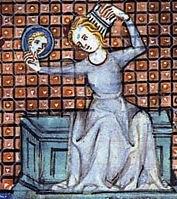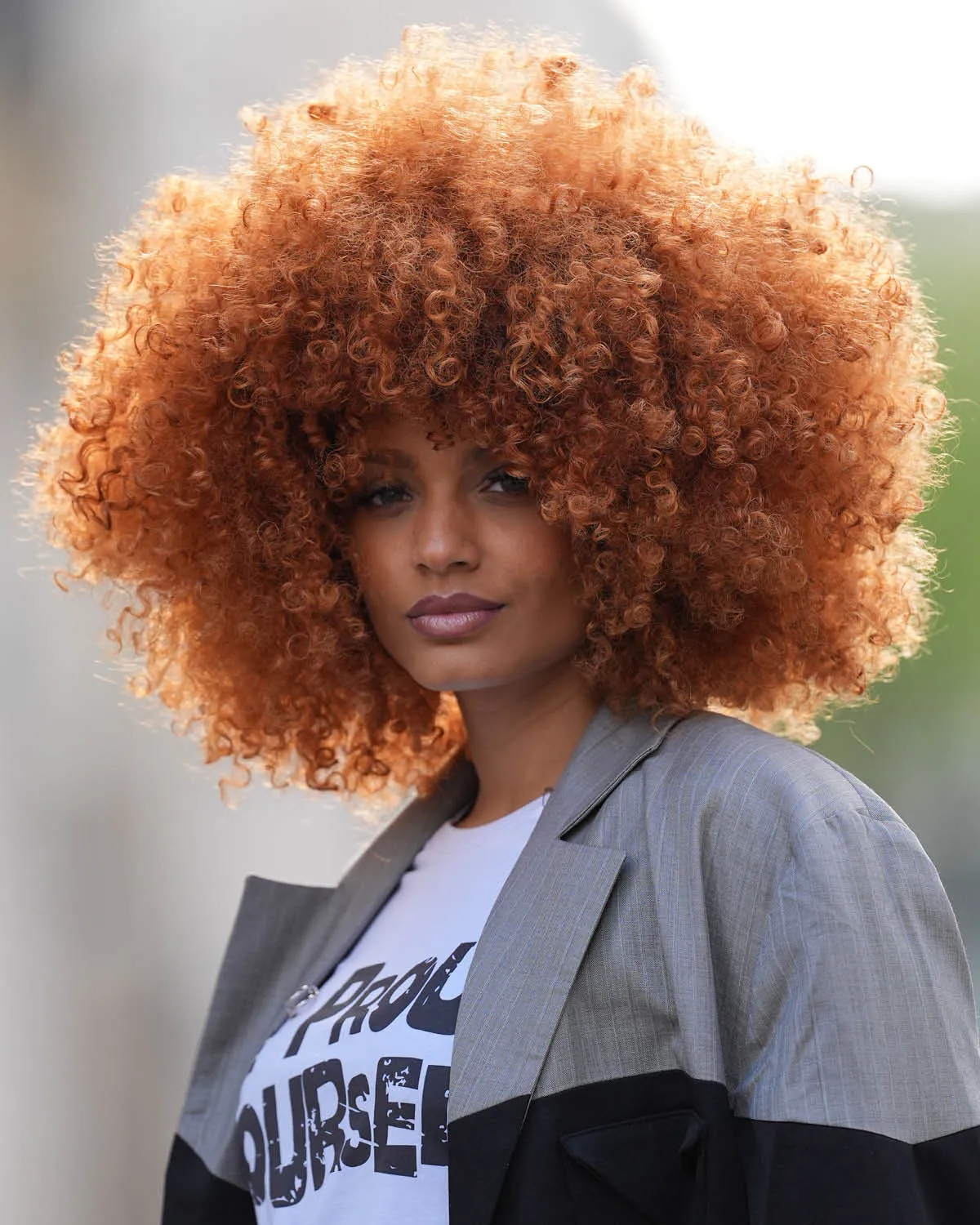
A Chromatic Journey: The History of Hair Color Through the Ages
- Salon Modello
- Feb 5
- 3 min read

From the vibrant hues of a fiery red to the soft tones of blonde, hair color has been a canvas for personal expression and cultural significance throughout history. The quest for beautiful hair has led humanity on a fascinating journey, with the evolution of hair color reflecting societal norms, trends, and advancements in science.
The use of natural hair colorants dates back to ancient civilizations. The Egyptians were among the first to experiment with hair color, using natural ingredients like henna and kohl to create shades ranging from deep red to black. Henna, derived from the Lawsonia inermis plant, was not only used for hair but also for body art and as a dye for fabrics. The ancient Greeks and Romans also made use of various plant-based dyes, often mixing herbs and other natural substances to achieve their desired shades.

As time passed, the Middle Ages brought about a shift in hair color trends. Light hair was often associated with purity and beauty, leading many women to seek ways to lighten their locks. They utilized mixtures of honey, lemon juice, and even chamomile to achieve sun-kissed highlights. However, it was during this time that darker shades began to symbolize nobility and wealth, with aristocratic women often dyeing their hair with mixtures of walnut hulls and other natural dyes.

The Renaissance era ushered in a new appreciation for elaborate hairstyles and colors. The wealthy elite of Europe began to experiment with more vibrant and varied shades. Wigs became a fashionable accessory, and women would often color their wigs using a mixture of lead and vinegar, a practice that, while popular, was highly toxic. Despite the risks, the pursuit of beauty pushed many to adopt these dangerous practices in pursuit of the ideal look
The 19th century marked a turning point in the history of hair color with the advent of modern chemistry. In 1867, the first synthetic hair dye was developed by a French chemist named Eugene Schueller, who would later go on to found L'Oréal. His invention not only allowed for a broader spectrum of colors but also paved the way for safer and more effective hair coloring methods. This innovation led to the commercialization of hair dyes, making them more accessible to the general public

The early 20th century witnessed a surge in the popularity of hair color as a form of self-expression. The flapper movement embraced bold and unconventional styles, with women experimenting with shades like platinum blonde and deep burgundy. The introduction of commercial hair dye kits in the 1920s made it easier for individuals to color their hair at home, further democratizing the practice.

The 1960s and 1970s marked a revolution in hairstyling and color, with counterculture movements embracing vibrant and unconventional shades. From pastel pinks to electric blues, hair color became a symbol of rebellion and individuality. The punk movement of the late 1970s and early 1980s saw hair color take on an even more radical form, with individuals using bright, synthetic dyes to create eye-catching looks that challenged societal norms.
In recent decades, advancements in technology and chemistry have continued to shape the landscape of hair color. Today, an array of options exists, from semi-permanent to permanent dyes, along with techniques like balayage and ombré that allow for a more natural and blended appearance. The rise of social media has also played a significant role in the popularity of hair color trends, with influencers and celebrities showcasing bold and creative looks that inspire countless others.
In conclusion, the history of hair color reflects the ever-changing dynamics of culture, beauty standards, and technological advancements. From ancient rituals to modern-day trends, the quest for beautiful hair continues to evolve, with color serving as a powerful form of self-expression. As we explore the rich tapestry of hair color history, we are reminded that, at its core, the quest for the perfect hue is about more than just aesthetics—it's about identity, creativity, and the celebration of individuality.






شيخ روحاني
رقم شيخ روحاني
الشيخ الروحاني
الشيخ الروحاني
شيخ روحاني سعودي
رقم شيخ روحاني
شيخ روحاني مضمون
Berlinintim
Berlin Intim
جلب الحبيب